
Carissa congesta - Plant
(MRP Inclusive of all taxes)
- Shipping ₹79 for entire order
- Dispatch in 7 days
- Country of origin: India

(MRP Inclusive of all taxes)
 Save 29%
Save 29%
Air Purifier Money Plant with Pot The Air Purifier Money Plant, also known as Pothos or Epipremnum aureum, is a stunning indoor plant that...
View full details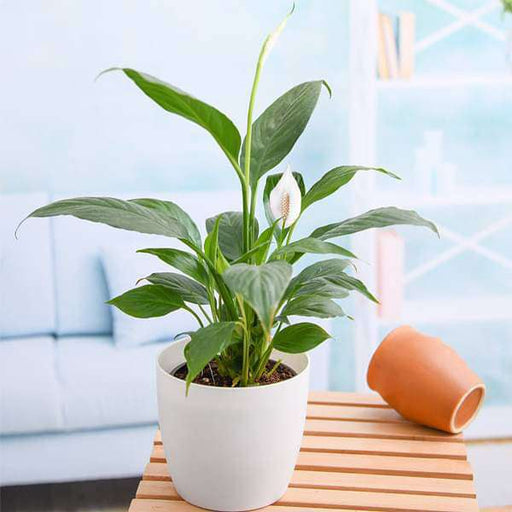
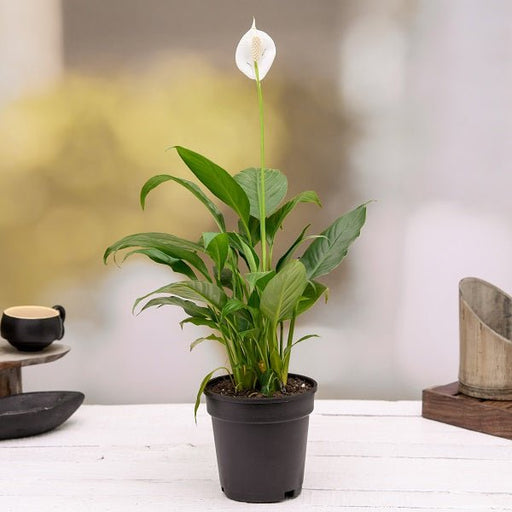 Save up to 15%
Save up to 15%
Peace Lily, Spathiphyllum - Plant The Peace Lily, scientifically known as Spathiphyllum, is a stunning houseplant celebrated for its elegant white...
View full details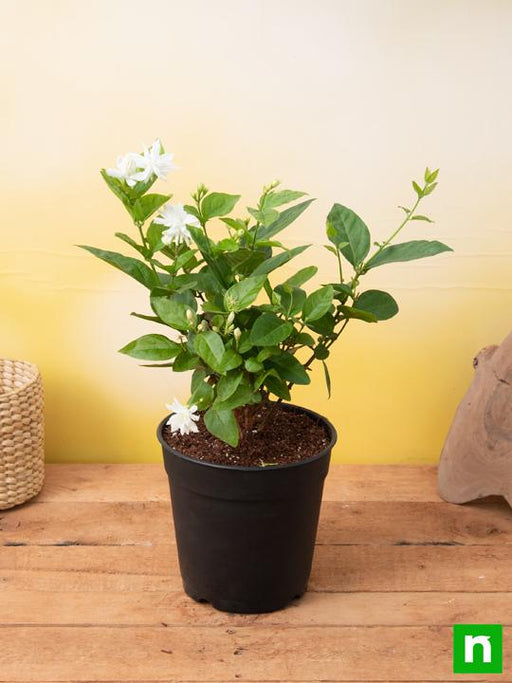
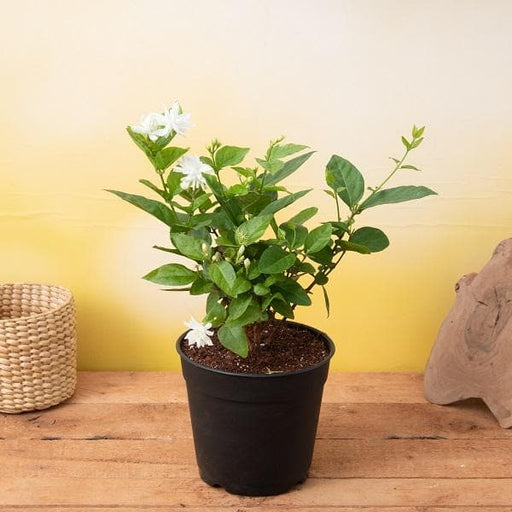 Save 25%
Save 25%
Jasminum sambac, Mogra, Arabian Jasmine - Plant Jasminum sambac, commonly known as Mogra or Arabian Jasmine, is a fragrant flowering plant...
View full details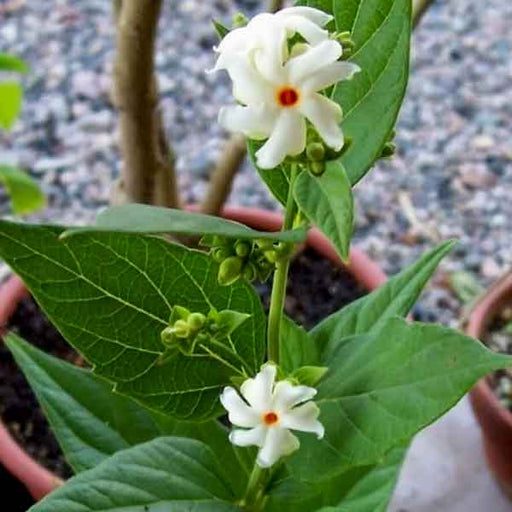
 Save 18%
Save 18%
Combo Constituents Includes the Parijat Tree (Night-Flowering Jasmine), a culturally significant plant with fragrant flowers. Description The Pari...
View full details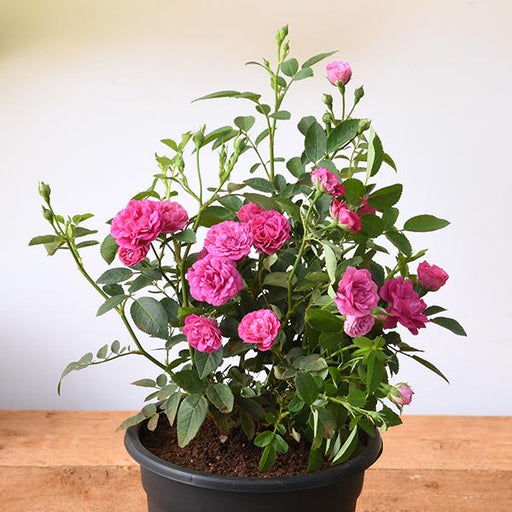
 Save 25%
Save 25%
Miniature Rose, Button Rose (Any Color) - Plant The Miniature Rose, also known as the Button Rose, is a charming and compact flowering plant that ...
View full details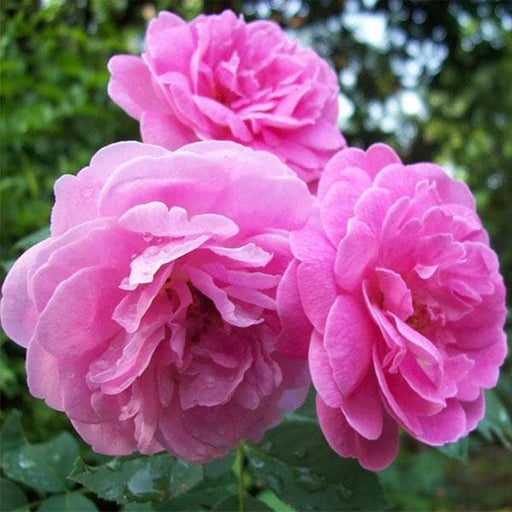 Save 25%
Save 25%
Damascus Rose, Scented Rose (Any Color) - Plant The Damascus Rose, also known as Rosa damascena, is a timeless symbol of beauty and romanc...
View full details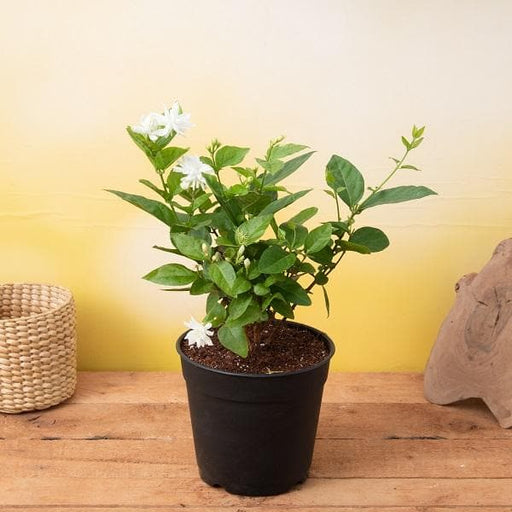
 Save 17%
Save 17%
Beautiful Fragrant Mogra, Arabian Jasmine Plant with Pot The Beautiful Fragrant Mogra, also known as Arabian Jasmine (Jasminum sambac), is...
View full details Save 15%
Save 15%
Pack of Vermicompost and Neem Cake for House Plants Transform your indoor garden with our premium Pack of Vermicompost and Neem Cake, spec...
View full details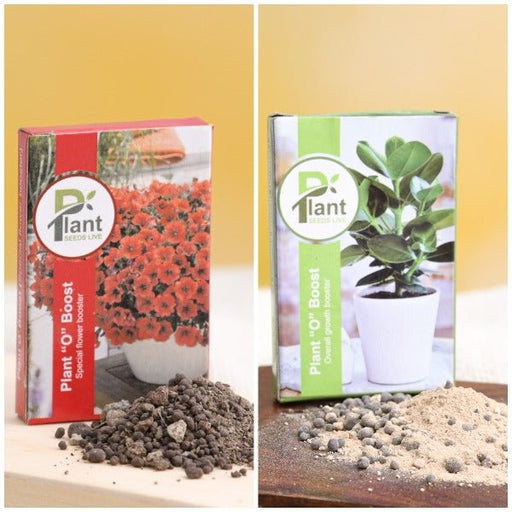
Pack of Plant Growth and Flower Boosters Unlock the full potential of your garden with our Pack of Plant Growth and Flower Boosters! This ...
View full details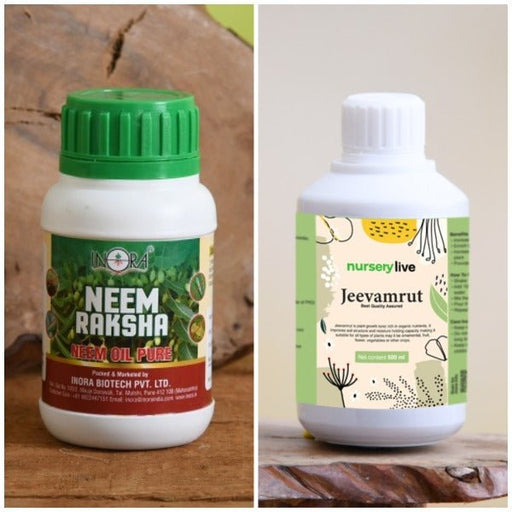 Save 38%
Save 38%
Combo of Jeevamrut and Neem Raksha for Easy Growth and Protection of Houseplants Transform your indoor garden with our exclusive combo of ...
View full details Save 22%
Save 22%
Plant Nutrients Kit (Pack of 16) for a Healthy Garden Transform your garden into a lush paradise with our Plant Nutrients Kit, featuring 1...
View full details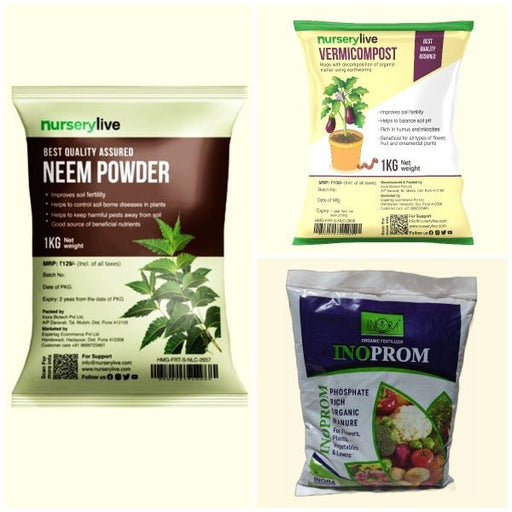 Save 16%
Save 16%
Combo of Top Plant Fertilizers Elevate your gardening game with our exclusive Combo of Top Plant Fertilizers, featuring two bags of premiu...
View full details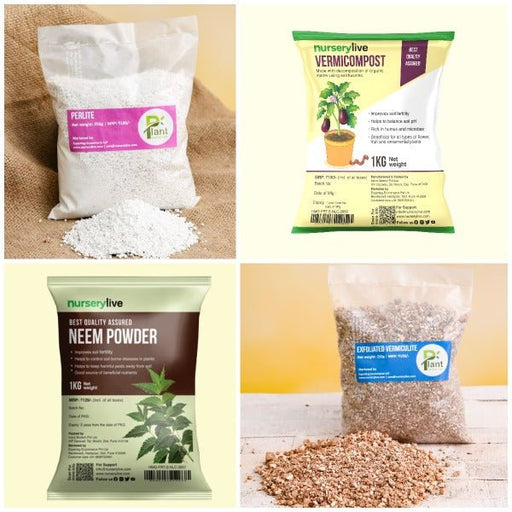 Save 24%
Save 24%
Pack of 4 Additives to Make Soil Healthy and Nutrient Rich Transform your garden into a thriving ecosystem with our Pack of 4 Additives de...
View full details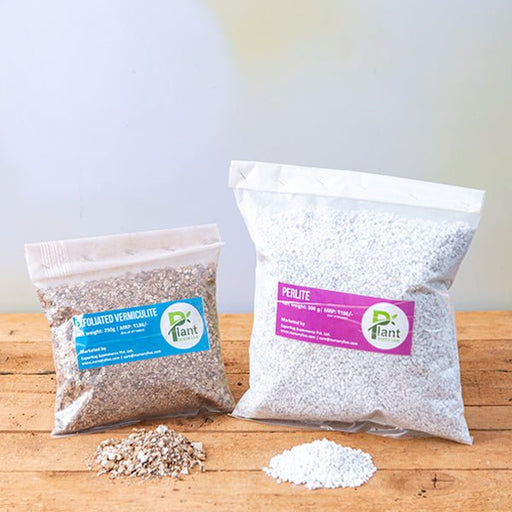 Save 30%
Save 30%
Transform your gardening experience with our premium Combo of Perlite and Vermiculite. This unique blend is designed to enhance soil aeration and ...
View full details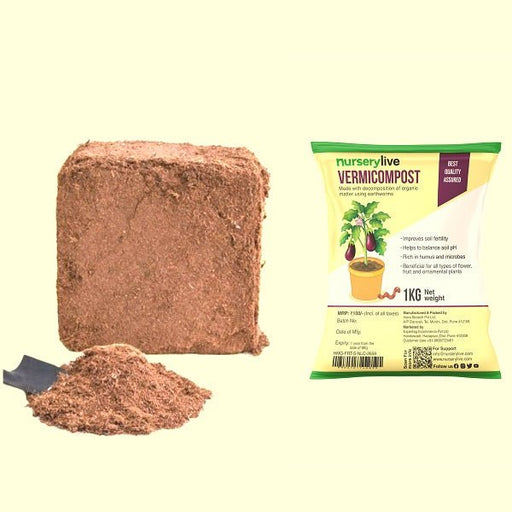 Save 27%
Save 27%
Combo of 2 Vermicompost and Cocopeat - Enrich Your Soil Naturally! Transform your garden into a thriving ecosystem with our Combo of 2 Ver...
View full details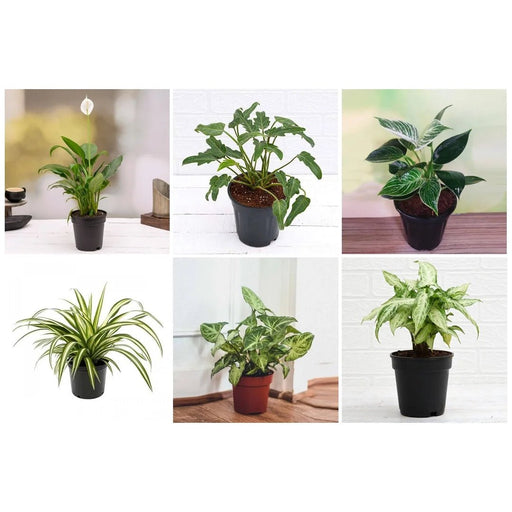
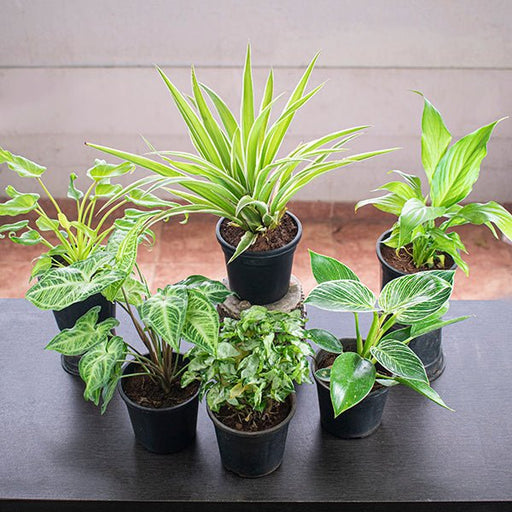 Save 35%
Save 35%
Best 6 Plants for Perfect Indoor Garden Transform your living space into a lush oasis with our curated collection of the Best 6 Plants for a...
View full details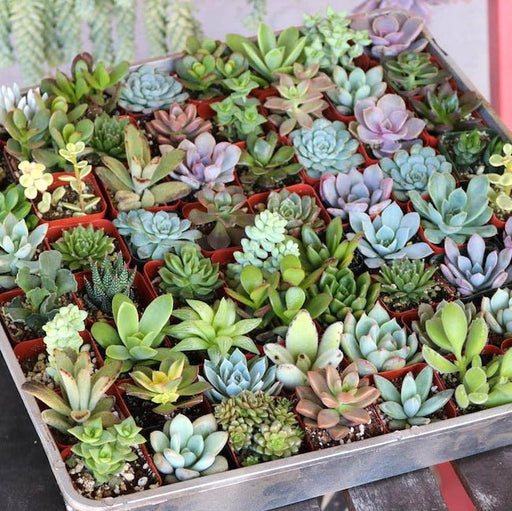
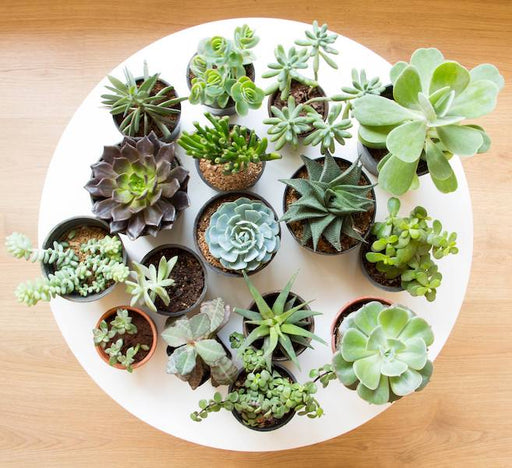 Save up to 50%
Save up to 50%
Mini Succulent Garden Pack Transform your space with our Mini Succulent Garden Pack, featuring a delightful collection of 4 any variety beautiful s...
View full details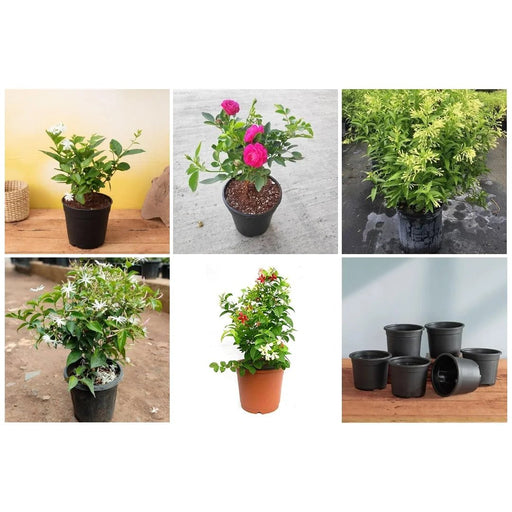
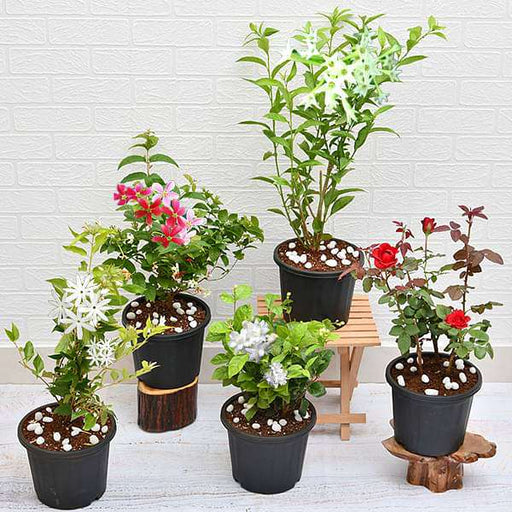 Save 30%
Save 30%
5 Best Fragrant Plants Transform your garden or indoor space into a fragrant paradise with our curated selection of the 5 Best Fragrant Plants. Th...
View full details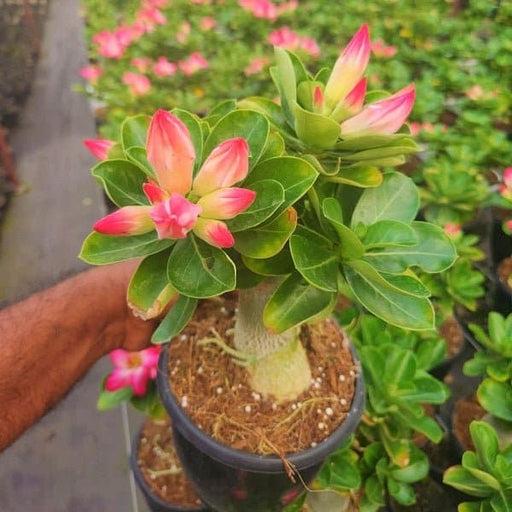
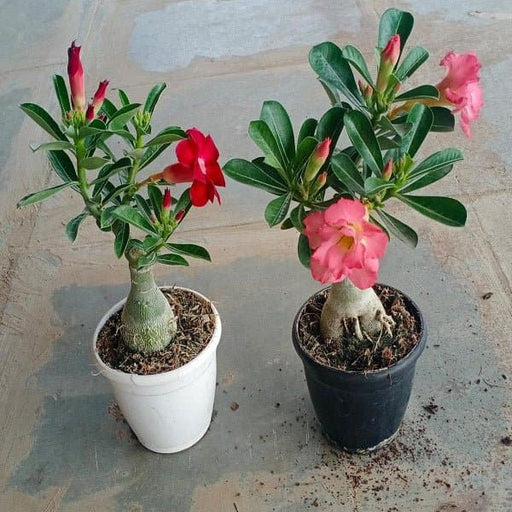 Save 24%
Save 24%
Set of 2 Bonsai Looking Grafted Adeniums Transform your indoor or outdoor space with our exquisite Set of 2 Bonsai Looking Grafted Adenium...
View full details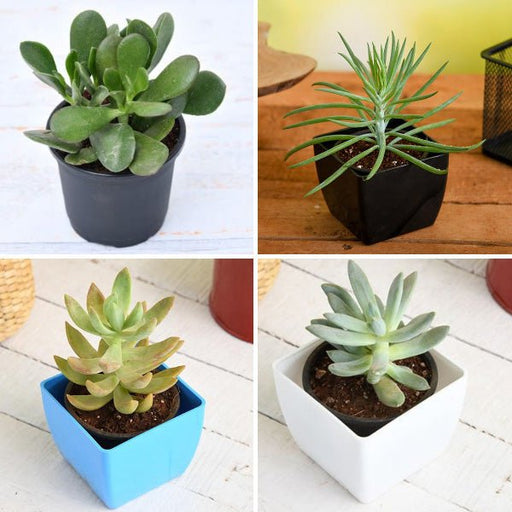 Save 45%
Save 45%
Top 4 Die Hard Succulents Pack Transform your indoor or outdoor space with our Top 4 Die Hard Succulents Pack, featuring a curated selecti...
View full details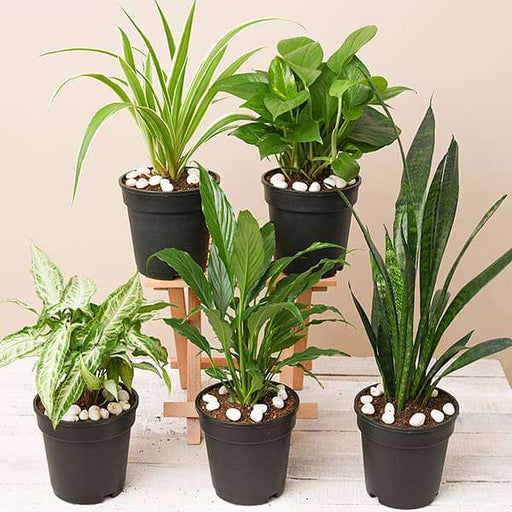
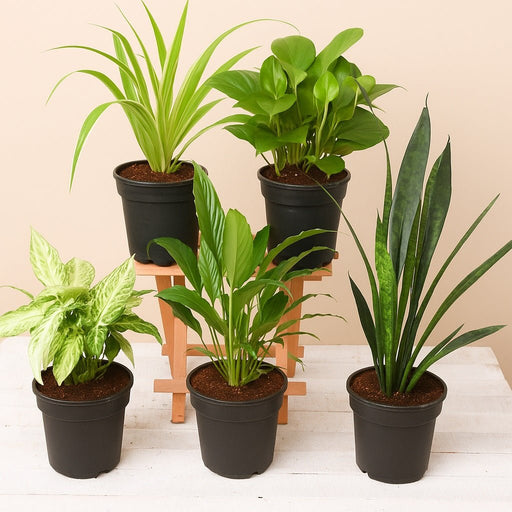 Save 30%
Save 30%
5 Best Indoor Plants Pack Transform your living space into a lush oasis with our '5 Best Indoor Plants Pack.' This carefully curated collection fe...
View full details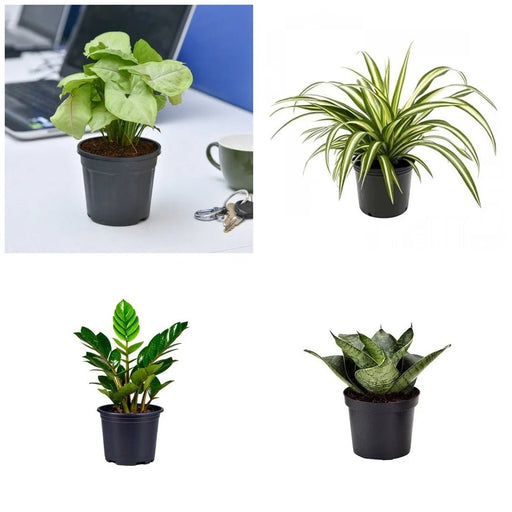
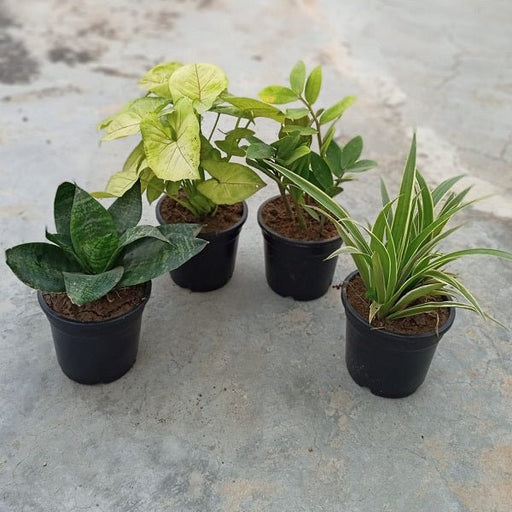 Save 25%
Save 25%
Set of 4 Evergreen Air Purifier Plant Pack Transform your indoor space into a lush, green oasis with our Set of 4 Evergreen Air Purifier Pla...
View full details| SrNo | Item Name |
|---|---|
| 1 | Carissa congesta - Plant |
Carissa congesta, commonly known as the Wonderberry or Natal Plum, is a resilient evergreen shrub native to South Africa. This versatile plant is celebrated for its glossy green leaves and fragrant white flowers, which bloom throughout the year, followed by small, edible red fruits. The berries are not only delicious but also packed with vitamins and antioxidants, making them a nutritious addition to your garden.
What sets Carissa congesta apart is its adaptability to various soil types and climates, thriving in both tropical and subtropical regions. Its ability to withstand drought conditions makes it an excellent choice for sustainable gardening. Additionally, the plant's dense foliage provides excellent ground cover, helping to prevent soil erosion.
One of the most special features of Carissa congesta is its dual-purpose nature; it serves as both an ornamental plant and a source of edible fruit. The berries can be enjoyed fresh, made into jams, or used in desserts, adding a unique flavor to your culinary creations.
Carissa congesta plays a significant role in promoting biodiversity. Its flowers attract various pollinators, including bees and butterflies, while its dense foliage provides habitat for small wildlife. Additionally, its drought-resistant nature makes it an excellent choice for sustainable landscaping, helping to conserve water resources.
If you’re looking for a plant that’s as versatile as a Swiss Army knife, look no further than Carissa congesta. This little gem not only beautifies your garden but also offers a bounty of benefits. Its glossy leaves and fragrant flowers attract pollinators, making your garden the talk of the town. Plus, the fruit is edible and packed with nutrients, so you can impress your friends with your foraging skills. Who knew a plant could be so multi-talented?
Caring for Carissa congesta is like having a pet rock—low maintenance and surprisingly rewarding. This hardy plant thrives in various conditions, from full sun to partial shade. Just give it well-draining soil and a little water, and it’ll reward you with lush foliage and delightful fruit. Forget about complicated care routines; this plant is all about simplicity. It’s the perfect choice for those who want a beautiful garden without the fuss.
Propagating Carissa congesta is easier than pie—no baking skills required! You can take cuttings or sow seeds, and before you know it, you’ll have a mini jungle of these beauties. Just remember to keep the cuttings moist and give them some love, and they’ll root faster than you can say “green thumb.” It’s a fun project that’ll have you feeling like a gardening wizard in no time.
The uses of Carissa congesta are as diverse as a buffet table. From ornamental landscaping to edible fruit, this plant does it all. Use it as a hedge, a standalone feature, or even in pots for a splash of greenery on your patio. And let’s not forget the fruit—perfect for jams, jellies, or just snacking straight off the bush. It’s like having a garden that doubles as a grocery store!
If you’re worried about pests, fear not! Carissa congesta is like the superhero of the plant world, fending off most common garden villains. While it may attract a few curious critters, its tough leaves and resilience make it less appealing to the average pest. Just keep an eye out for the occasional intruder, and you’ll be able to enjoy your plant without the drama of a pest invasion.
When it comes to soil, Carissa congesta is not picky—think of it as the laid-back friend who’s happy anywhere. It prefers well-draining soil but can tolerate a range of conditions. Whether you have sandy, loamy, or even clay soil, this plant will adapt and thrive. Just make sure it doesn’t sit in water, or it might throw a tantrum. A little drainage goes a long way!
Sunlight is the secret sauce for Carissa congesta’s success. This plant loves basking in the sun, so give it a spot where it can soak up those rays. While it can tolerate some shade, it’s like a cat—happiest when it’s lounging in a sunny spot. Aim for at least six hours of sunlight a day, and you’ll be rewarded with vibrant growth and a bountiful harvest.
The fruit of Carissa congesta is like nature’s candy—sweet, tangy, and oh-so-delicious! These little berries are not just a pretty face; they’re packed with vitamins and antioxidants. You can eat them fresh, make jams, or even toss them into smoothies for a burst of flavor. Just be careful not to eat too many at once; you might find yourself in a fruit-induced bliss!
If you’re looking to elevate your landscaping game, Carissa congesta is your go-to plant. Its dense foliage makes it perfect for hedges or privacy screens, while its beautiful flowers add a pop of color. Whether you’re going for a tropical vibe or a more traditional look, this plant fits right in. It’s like the chameleon of the garden—adaptable and stylish!
Carissa congesta is the tough cookie of the plant world, boasting impressive hardiness. It can withstand drought, poor soil, and even a bit of neglect. This plant is perfect for those who want a beautiful garden without the constant worry of pampering. It’s like having a friend who’s always up for an adventure, no matter the conditions!
Pruning Carissa congesta is like giving your plant a stylish haircut—just the right trim can make all the difference. Regular pruning encourages bushier growth and helps maintain its shape. Don’t be afraid to get snippy; this plant can handle it! Just remember to use clean tools and prune during the growing season for the best results. Your plant will thank you with a fresh, vibrant look!
Carissa congesta, also known as the Natal plum, is a delightful evergreen shrub native to South Africa. With its glossy leaves and fragrant white flowers, it’s like the plant version of a charming barista—always ready to brighten your day with its sweet, edible fruits. Just don’t expect it to serve coffee!
Caring for Carissa congesta is a breeze! It loves well-drained soil and plenty of sunlight, so think of it as a sunbather on a tropical vacation. Water it moderately, and it’ll reward you with luscious fruits. Just remember, it’s not a fan of frost—so keep it cozy during chilly nights!
Growing Carissa congesta is like having a mini fruit factory in your garden! Its sweet, juicy fruits are packed with vitamins and antioxidants. Plus, it’s drought-tolerant, making it a low-maintenance superstar. And let’s not forget the stunning flowers that attract pollinators—your garden will be the talk of the town!
Absolutely! Carissa congesta is a pot-friendly plant, perfect for those with limited garden space. Just ensure the pot has good drainage and place it in a sunny spot. It’s like having a portable fruit stand—just don’t forget to water it, or it might throw a tantrum!
Carissa congesta is not a fan of frost; it prefers to bask in warm weather. If you live in a frosty area, consider bringing it indoors during winter or providing some protective cover. Think of it as a diva that needs a little pampering to stay fabulous!
Watering Carissa congesta is like giving it a refreshing drink after a workout. During the growing season, water it moderately, allowing the soil to dry out between sessions. In winter, cut back on the H2O. Overwatering is a no-no; it prefers to sip, not swim!
Carissa congesta can attract a few uninvited guests, like aphids and scale insects. But fear not! A gentle spray of insecticidal soap or neem oil can send them packing. Think of it as a bouncer at a club—keeping the riffraff out while letting the good times roll!
Carissa congesta typically blooms in late spring to early summer, showcasing its lovely white flowers. It’s like a floral party that signals the arrival of warmer days. Just be patient; good things come to those who wait, and this plant knows how to make an entrance!
Propagating Carissa congesta is as easy as pie! You can take stem cuttings in spring or summer and root them in well-draining soil. Just keep them warm and moist, and soon you’ll have new plants ready to join the garden party. It’s like cloning your favorite fruit!
Carissa congesta thrives in well-draining soil, ideally sandy or loamy. Think of it as a plant that prefers a light, airy environment—no heavy clay for this diva! A pH of 6.0 to 7.0 is perfect. Just remember, it’s all about the right balance for optimal growth!
Yes, you can! The fruit of Carissa congesta is not only edible but also deliciously sweet. It’s like nature’s candy, perfect for snacking or making jams. Just be sure to wait until they’re fully ripe; unripe fruits can be a bit tart. Your taste buds will thank you!
Absolutely! Carissa congesta is a fantastic choice for landscaping, adding beauty and functionality. Its dense foliage makes it a great privacy screen, while its stunning flowers and fruits attract wildlife. It’s like the Swiss Army knife of plants—versatile, attractive, and always ready to impress!